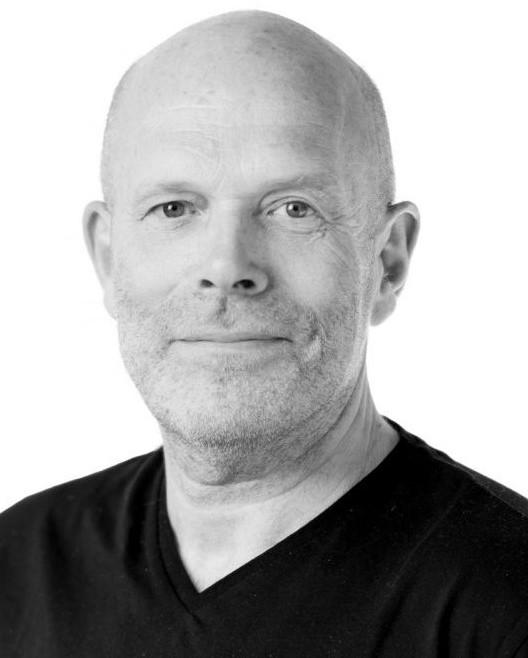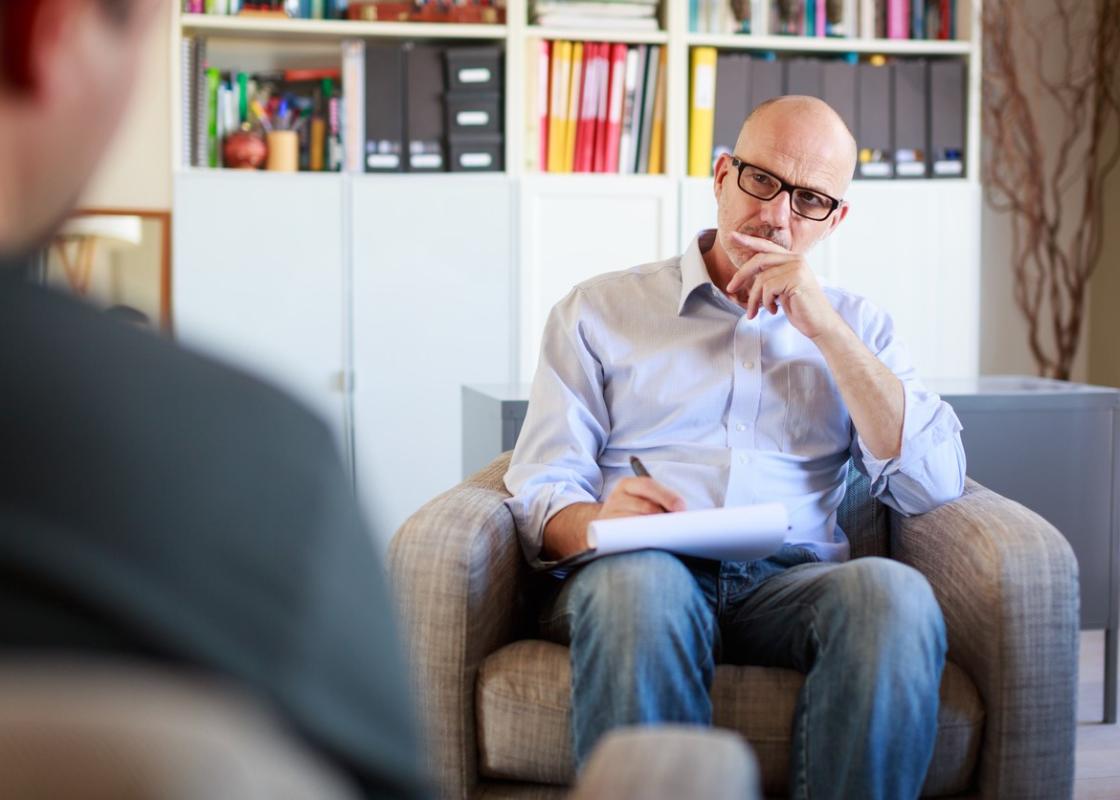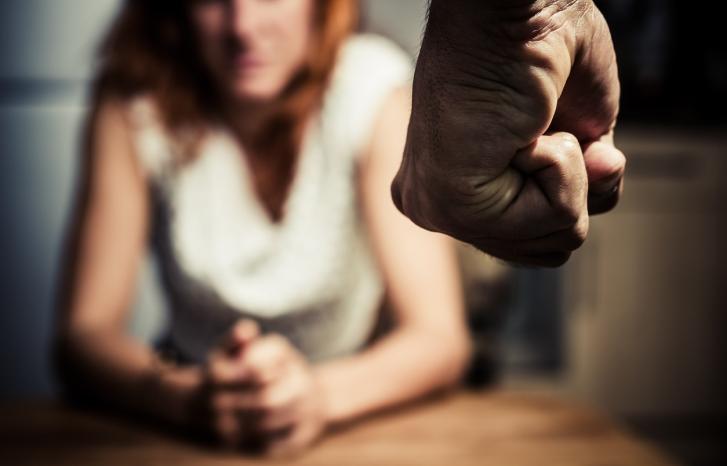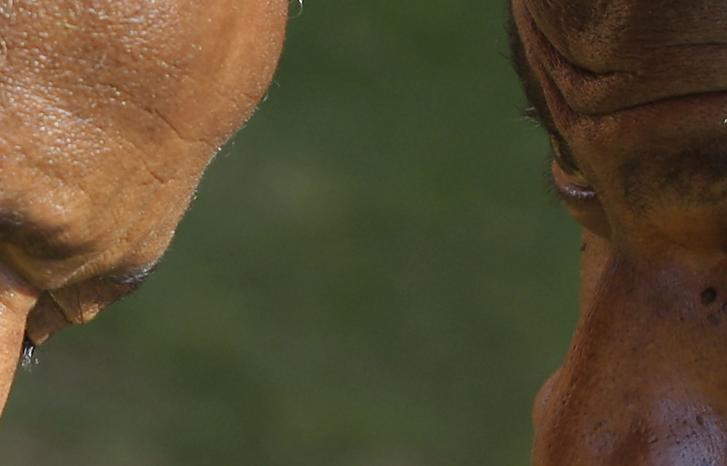Why do some men beat their female partner? And what happens in the therapeutic room that make these men open for exploring their own actions and stop using violence?
Bente Lømo works as a psychologist and researcher at Alternative to Violence in Oslo. She has studied what takes place in the therapeutic room, in the interplay between therapist and client, that helps the client change his violent behaviour. She found that a good alliance between therapist and client is decisive for a successful result of the treatment.
“I’ve listened to recordings of twenty courses of therapy; ten in which the clients completed the therapy and stopped using violence, and ten in which the clients dropped out early in the treatment process,” Lømo explains.
“What characterised the successful therapy was that client and therapist collaborated and actively explored the client’s perception of his own violent behaviour and his partner’s experience of the violence.”
Alternative to violence
Alternative to Violence (ATV) was established in the late eighties in Oslo, and was the first offer of its kind in Europe. Kristin Skjørten, criminologist and violence researcher at The Norwegian Center for Violence and Traumatic Stress Studies (NKVTS) was its initiator.

“Before this, no treatment was offered to men who abuse their partner,” says Lømo.
“Domestic violence was either considered a private matter or it was punished with prison sentences.”
“It was also a political project that played along with the feminist movement: Men were to take responsibility for men’s lives and help them become secure adults,” says Lømo.
Psychologists Per Isdal and Per Nørbech started working as therapists for violent men in the late eighties, but they had not learned anything about the topic during their psychology studies. Therefore, they had to make use of theories on other types of therapy and shape their own treatment programme.
“Nobody spoke about violence at the psychology studies, or about therapy for people who cause other people harm,” says Per Isdal.
“There was nobody to teach us how to proceed, there were no courses, and no theory we could lean on. We had to figure out what to do ourselves.”
To Isdal, politics and idealism were also important motivational factors for establishing the therapy programme.
“This was a period in which violence against women became visible through crisis centres and through the struggle for gender equality,” Isdal explains.
“I was politically engaged and had studied criminology in addition to psychology, so it felt right to actively take part in the work against violence towards women through offering therapy.”
Many drop out
Bente Lømo emphasises that therapy for violent men is very different from the usual therapy situation. This may also be a contributing factor for why many of the men drop out before the therapy programme is finished.
“All the men I studied expressed that the use of violence is wrong, but there were major differences in how they explained the violence,” she says.
The client must have trust in the therapist and feel that they have established a good relation.
“Many explain the violence by saying that their partner treats them unfairly or offends them. Such perceptions make a bad starting point for a therapy situation in which the fundamental idea is personal change.”
Previous research has demonstrated that a common understanding of the purpose and goal of the therapy between client and therapist is decisive for obtaining good results.
“It is essential to create an alliance with the client as a starting point for the behaviour change work that is supposed to take place in the therapy sessions,” says Lømo.
“The client must have trust in the therapist and feel that they have established a good relation in order to obtain a common understanding of what should be the therapy’s ultimate goal.”
What does the therapist do?
Lømo wanted to take a closer look into how the experienced therapists who work at ATV managed to create such a common understanding with the client.
“What needs to change? What is the client’s personal problem, and what is it that makes violence become the solution? Therapist and client need to obtain a common understanding of these questions,” says Lømo.
She found that it is important for the client to experience both the conversations and what happens in therapy as meaningful.
“It may reduce the chance of drop-out or that the client seemingly agrees with the therapist without it resulting in any real changes.”
Lømo compared ten men who changed their behaviour through therapy with ten men who dropped out early in the process.
“What does the therapist do that give good results, and what happens when it doesn’t succeed? This was what I wanted to know more about,” she explains.
“The goal is that other therapists may learn from this knowledge. In this way, more men can get help to stop their violent behaviour.”
Lømo emphasises that she does not intend to find causal explanations with her research; she rather wishes to present descriptions of processes and the factors that make these processes develop in a positive direction.
Invitation to collaborate
According to Lømo, all the clients welcome collaboration by virtue of the fact that they have chosen to seek therapy.
“Although some of the men are pushed into seeking therapy by their partner or do it in order to get visiting rights to spend time with their children, they have nevertheless chosen to come. In this choice lies an opportunity that the therapist needs to grab,” she says.
Lømo found three topics that encourage collaboration: The way in which the men spoke about why they came, the way in which they spoke about what needed to change, and the way in which they spoke about their violent behaviour.
Praise could make the client good and agreeable in the therapy sessions, but it did not necessarily result in any actual change on a deeper level.
“Some of them were very weak in their invitation to collaborate, for instance by the way in which they responded to the therapist’s question about what made them seek therapy,” she says.
“They could say things like, ‘my wife experiences that I abuse her psychologically, but that is not the case at all.’ Others could be more inviting: ‘My wife has encouraged me to come here, but I have also thought about it a lot and realised that I need help.’”
Different patterns of interaction
The therapist’s challenge is to find openings for a collaboration regardless of how weak the invitation from the client appears. Lømo found that the therapist met these invitations for collaboration in very different ways.
“Some manage to find an opportunity for collaboration even when it is barely present at all, for example by finding out what actually makes the client show up in therapy. This happens through posing good, open questions such as ‘Who would you like to be to your children?” she says.
“In cases where no collaboration was established it could be because the therapist formulated the client’s problem and the goal of the therapy too actively without including the client as an active participant. For instance, the therapist could give voice to the client’s partner, by saying, ‘I would have been scared too, in that situation’ rather than exploring his perception of how the violence affects his partner.”
All the therapists were interested in the clients’ resources, but praising the client without involving his resources was not a success either, according to Lømo.
“Praise could make the client good and agreeable in the therapy sessions, but it did not necessarily result in any actual change on a deeper level,” she says.
Neither did beating around the bush lead anywhere. In such cases, the therapist would refrain from talking about the violence in order to create a safe relation, and thus avoid the problem altogether. In other cases, the therapist would take too much control of the process and almost drag the client along.
“As a therapist, you can easily become assertive when dealing with violent behaviour. You know that those affected by the violence are in danger. The therapists often feel that they have too little time, which is not good for the therapeutic process.”
A common feature for all the therapists who succeeded in creating a good alliance with the client was that they focused on his perception of himself and what he felt was at stake for him when he became violent. They also explored how he noticed the other part when he used violence.
“The therapists emphasised the client’s experiences by posing open questions such as ‘What happens inside you when she criticises you?’ and ‘Did your wife get frightened? How did you notice that?’” says Lømo.
Who are the men?
Lømo’s selection of participants consisted of twenty men between the ages of twenty-two to sixty. In the main survey, the average age was thirty-seven.
“Most of the men in my selection were fathers. Some were in the middle of a break-up, whereas the majority were in a relationship,” she says.
Lømo explains that some of the clients are more challenging than others.
“Even though they all have a problem with violent behaviour, they are also all very different,” she emphasises.
“Some men use physical violence against their partner, from a very serious to a less serious degree. Although all violence is serious, a stranglehold can be more dangerous than a smack.”
Some of the men also used psychological violence.
Violent men have often experienced both physical and psychological abuse themselves.
“This may be anything from threatening body postures, controlling behaviour or cases in which the partner becomes isolated as a result of the client’s morbid jealousy. Many of the men also abuse their partner verbally,” says Lømo.
“Material violence was also common among the men. This means that they break objects and furniture, which their partner experiences as frightening.”
All violence is shameful, but the sexual violence is nevertheless the one type that is most tabooed, according to Lømo.
“Sexualised violence was underreported by the clients, possibly because the men might consider sex following an act of violence as some sort of reconciliation, whereas the women were too afraid to say ‘no’.”
Many of the men who use violence have experienced painful things themselves. Sixty-three per cent of NKVTS’ selection had been beaten during childhood.
“Violent men have often experienced both physical and psychological abuse themselves. They have not received sufficient care and support during childhood,” Lømo explains.
Important to talk about the violence
Like Lømo, Per Isdal considers the relation between therapist and client important in order to succeed with therapy. According to him, a good relation demands empathy with the client.

“Empathy is the foundation of all therapy. You must be able to like the client despite the fact that he is violent. In order to do that, you have to be able to see beyond the violence, to see the guilt, the shame and the suffering,” he says.
According to Isdal, the key to empathy lies in your attitude toward the client. This was central in the therapy offered to violent men also in the 1980s.
“It was important for us to meet the client with interest and respect. He had to like us to want to talk to us,” he says.
“Moreover, we had to be brave. Violence is a tabooed topic, and we had to dare to ask questions and dare to follow the client into the violence.”
At the time, Isdal and Nørbech considered it to be of importance that they also were men.
“We thought it would make it easier to create an alliance with the men. Today I no longer think of the therapist’s gender as that significant,” says Isdal.
“But I still think that it is important to be direct, that the therapist dares to talk to the client about the violence and thematise it.”
Isdal is also preoccupied with the value of positive feedback.
“To be impressed with the fact that the client has the courage to share and talk about this difficult topic and show some enthusiasm over the fact that they dare to be so honest.”
Translated by Cathinka Dahl Hambro.
See also: Men's violence against women: Not only a question of power
Les også: Girls beaten by their boyfriend avoid the word 'violence'
- Bente Lømo is psychologist at Alternative to Violence. She has written a PhD thesis on men who use violence against their female partner and how therapy may help men change their violent behaviour.
- The study is part of a larger research project at The Norwegian Center for Violence and Traumatic Stress Studies (NKVTS). All the men who contacted Alternative to Violence in either Drammen, Tønsberg, Oslo, Stavanger or Kristiansand over a period of one and a half year were invited to participate in the study. Among the 141 men who agreed to participate, 115 showed up at one or more therapy sessions. 84 of these attended individual therapy. The participants were interviewed, and the therapy sessions were recorded. The men’s partners were also interviewed.
- Lømo has studied nearly twenty of these cases. Ten of the men dropped out of therapy early in the process, whereas ten completed therapy with good results. Lømo has compared the therapy processes and examined what distinguished the successful therapy from the therapy where the client dropped out.



